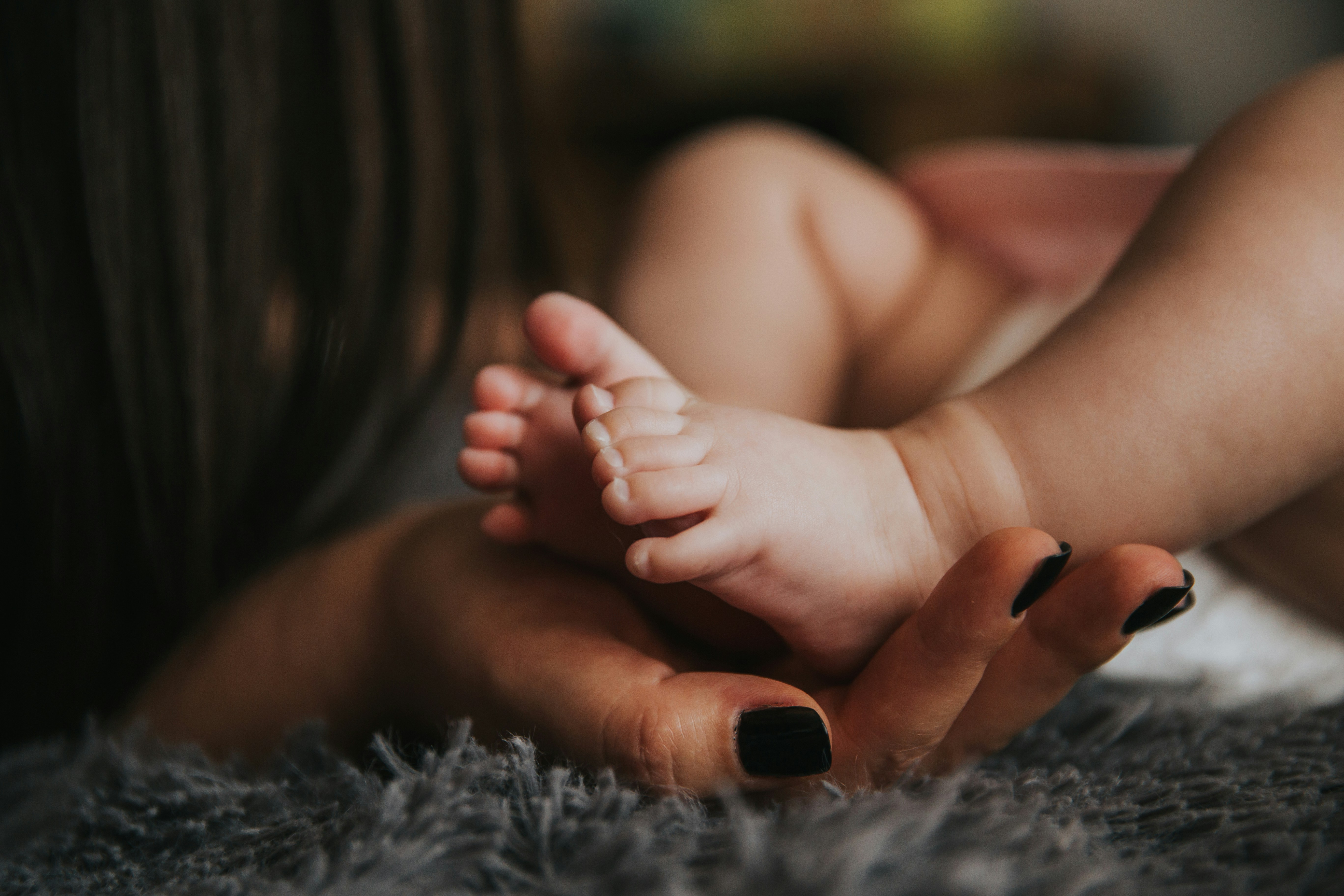A Guide on How To Measure Your Baby's Shoe Size

Hello, new parents! Welcome to the heartwarming journey of finding the perfect pair of shoes for your little explorer.
As your precious bundle of joy gets ready to take those first steps, ensuring their tiny feet are comfortably clad is crucial to promoting healthy foot growth and physical development. In fact, the wrong kind of shoes can cause life-long foot-related issues such as walking problems and ingrown toenails.
That’s why we’re making it easy with step-by-step instructions on how to measure baby shoe size. We also cover expert tips about what to look out for in shoes at different stages of growth.
The importance of proper shoe sizing
Choosing shoes for babies is not just about finding adorable footwear. It plays a crucial role in their overall comfort, development, and well-being. Parents need to learn how to measure baby shoe size accurately because:
- Babies' feet grow rapidly! Ill-fitting shoes, whether too big or too small, can hinder proper bone and muscle development, potentially leading to deformities like hammertoes or bunions later in life.
- Comfort counts. Shoes that are too small can cause blisters, corns, and discomfort, affecting your baby's movement and overall well-being.
- Loose shoes can cause stumbling and falls, while tight shoes can restrict movement and balance. Well-fitting shoes offer the support and stability your little explorer needs to conquer their world safely.
- Early foot problems from ill-fitting shoes can have lasting consequences like posture issues, joint pain, and even arthritis in adulthood. Investing in proper sizing now lays the foundation for healthy feet for years to come.
A step-by-step guide on how to measure baby feet
Properly fitting shoes are essential for your little one's healthy foot development. But with those adorable, chubby feet, how do you ensure the perfect size? Follow these simple steps to learn how to measure a baby's foot for accurate measurements:
1. Gather your tools:
- Soft measuring tape: a flexible tape that bends easily around your baby's foot.
- Paper: A flat sheet of paper large enough to comfortably fit your baby's foot.
- Pen: To mark measurements and trace your baby's foot outline.
- Marker (optional): To mark the widest part of the foot on the tracing.
2. Measure Time!
- Prepare the stage: Find a flat surface, and stand or sit your baby ensuring their weight is evenly distributed on both feet. If they're fussy, gently hold their foot against the paper. Measuring your baby's feet at the end of the day when their feet are naturally slightly swollen is advisable.
- Trace It Out: Place the paper flat on the surface and carefully trace your baby's foot outline, ensuring you capture even the longest toe. If they’re wriggling, try to make it into a fun game or use toys as a distraction.
- Length Matters: Take the measuring tape and measure the distance from the furthest point of the heel to the tip of the longest toe. Hold the tape snug but not tight, and measure to the nearest millimetre. Measure both of your baby's feet, as it is not unusual for one foot to be slightly larger than the other. Then use the longer measurement to determine the proper shoe size. This will ensure the shoes fit comfortably and provide enough support for both feet.
- Make a mark: (Optional): Using the marker, gently mark the widest part of your baby's foot on the tracing. This can be helpful for reference when choosing shoes.
Determining the right shoe size
Once you have the measurements, it's time to determine the right shoe size.
- Use a Baby Shoe Size Chart: Refer to a baby shoe size chart. You can download our best baby shoe size chart to determine the appropriate size depending on your baby's age and foot measurements.
- Get a Size Guide: Inch Blue provides sizing guidance that can be combined with our baby shoe size chart.
- When selecting the appropriate shoe size, consider adding 1-1.5 cm (0.4-0.6 inches) to your measurement for growth space.
- Check the fit regularly. As your baby develops, it's critical to measure their feet and alter their shoe size accordingly. Understand how quickly baby’s feet grow and make sure to measure frequently enough to meet key milestones.
- When choosing shoes for their little feet, check for snugness around the widest part of the foot and ensure toes aren't cramped or touching the ends.
Inch Blue's expert tips
Choosing the right size involves more than just measurements. Let's explore some expert tips from Inch Blue to ensure your baby's shoes are perfect.
- Materials: Choose shoes composed of comfortable and supportive materials, such as soft leather baby shoes.
- Flexibility: Make sure the shoes' soles are flexible, allowing for natural movement, which helps prevent foot abnormalities.
- Easy on-off design: Look for shoes with easy on-off characteristics, which make them easier to put on and take off.
Measuring baby’s shoe sizes
Babies can't tell you their shoes are uncomfortable, so being proactive is crucial. Regularly measure their feet, choose well-fitting shoes, and prioritise healthy foot development for your little one's happy and active future!
And, now that you know how to choose the perfect shoes, explore Inch Blue's collection of high-quality baby shoes designed for both comfort and style. Browse our adorable collections or get in touch if you need additional support.
